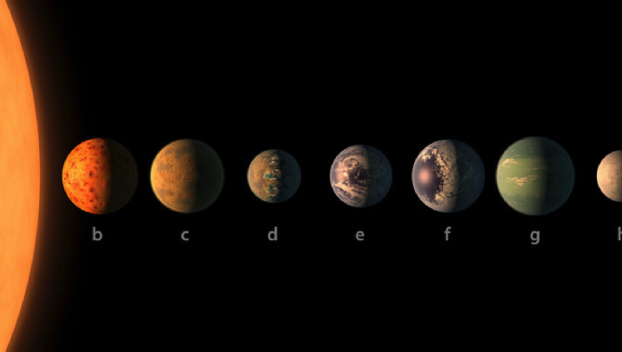
Cnhi Network
7 Awesome things to know about the webb space telescope
The James Webb Space Telescope, the most powerful space telescope ever built, is on schedule to launch on ... Read more

The James Webb Space Telescope, the most powerful space telescope ever built, is on schedule to launch on ... Read more